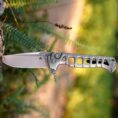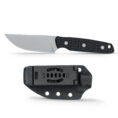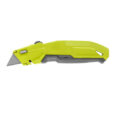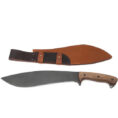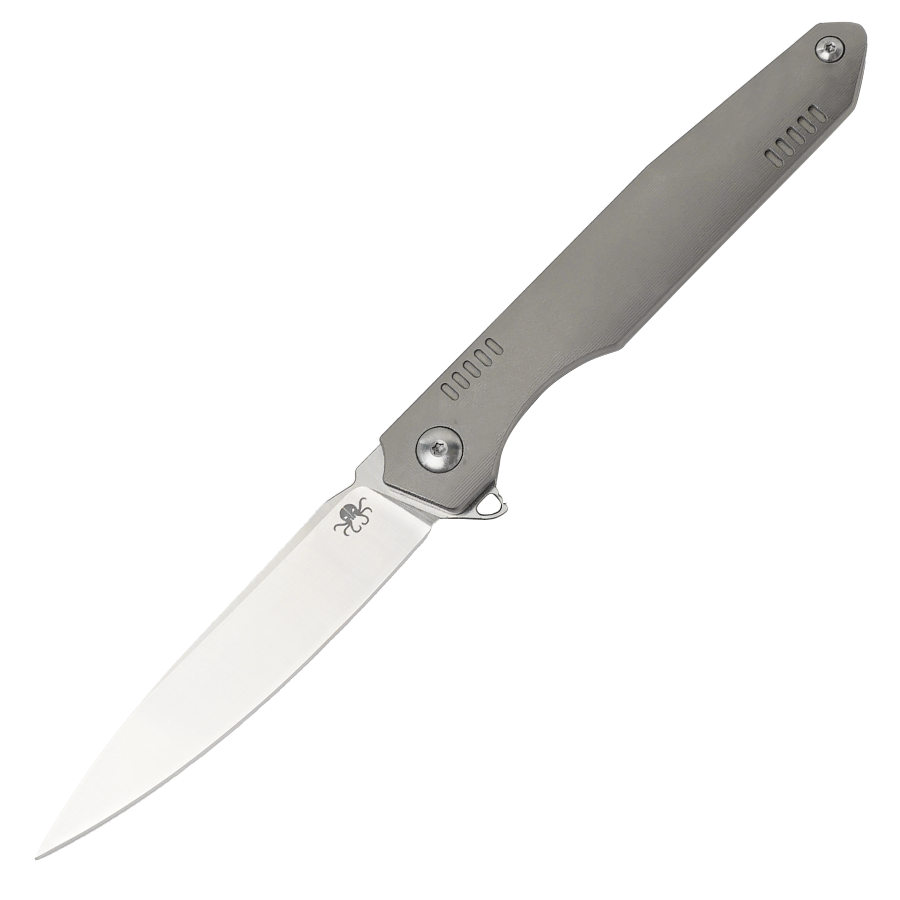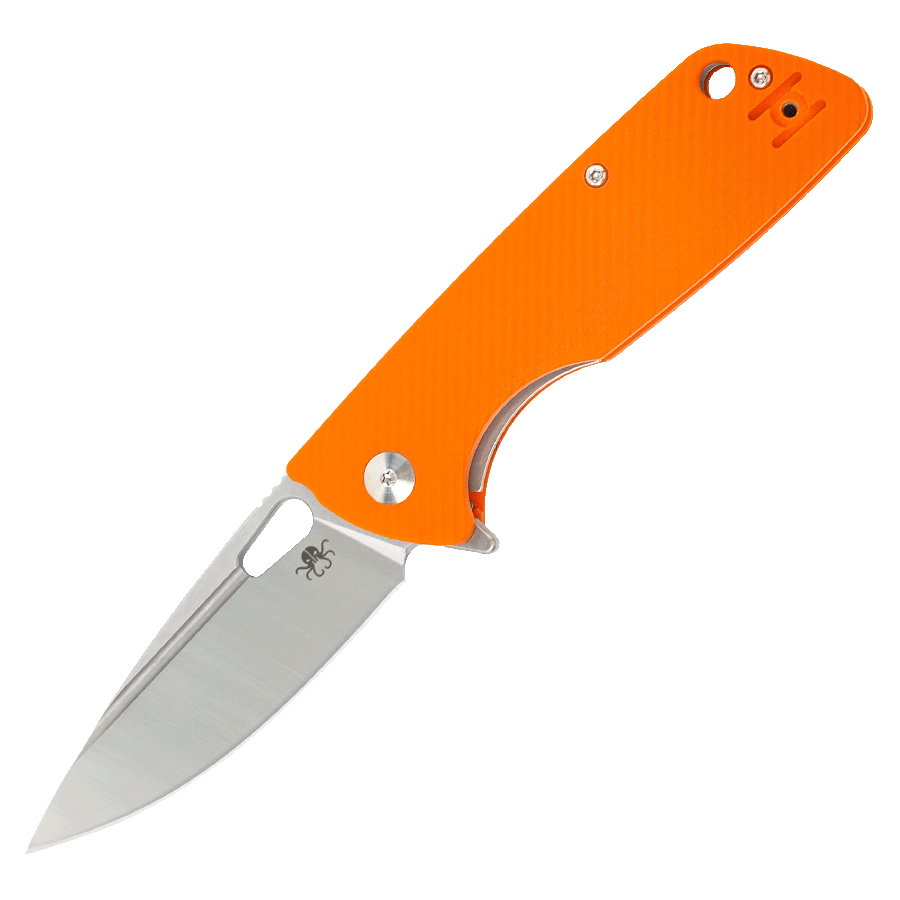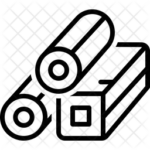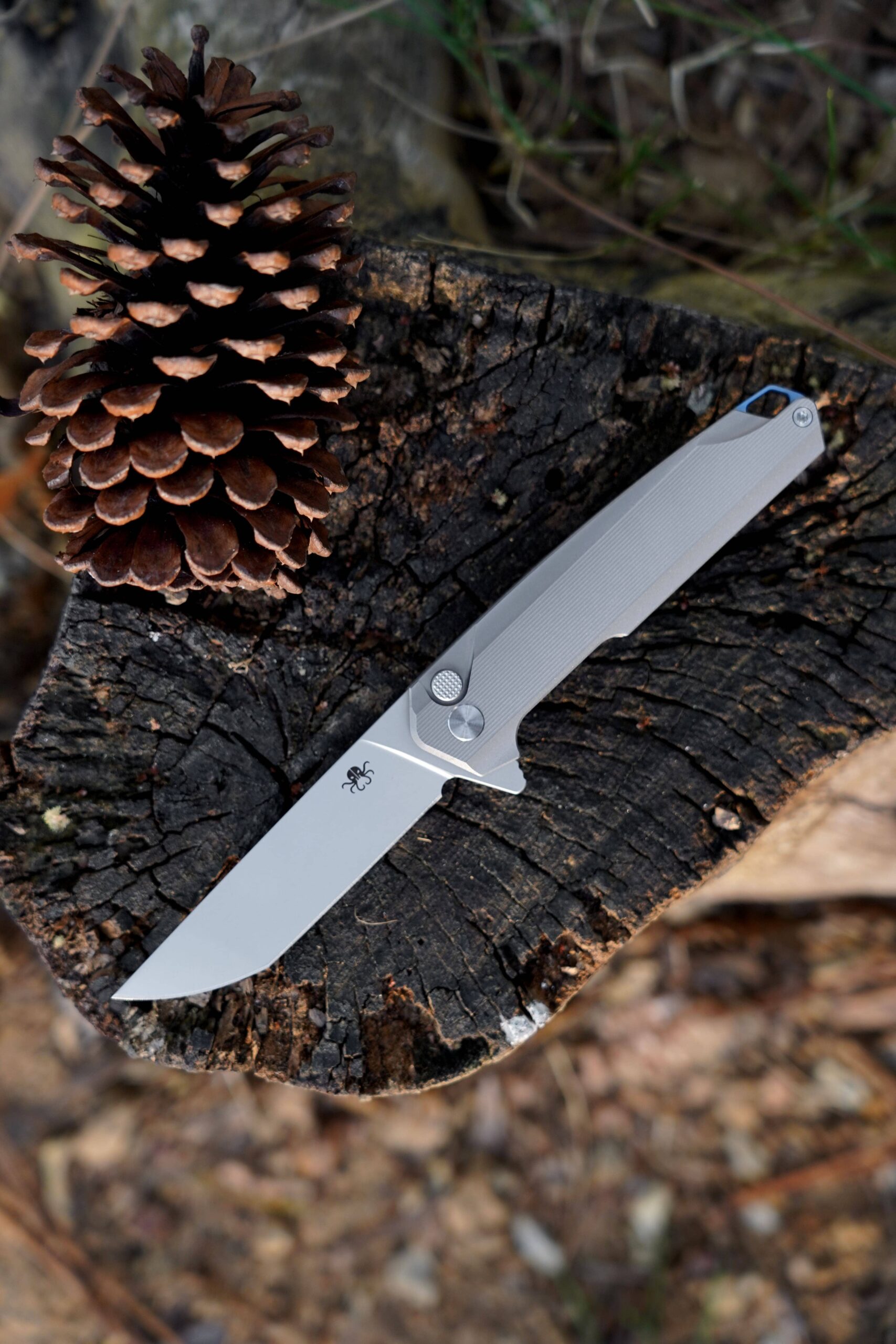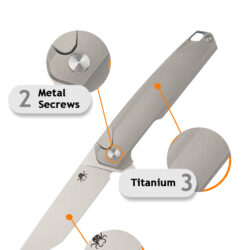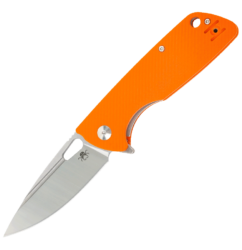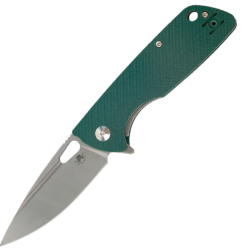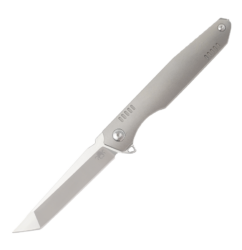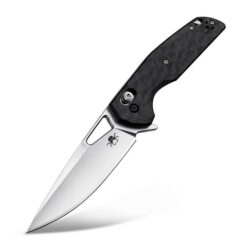How to Close a Folding Knife: A Comprehensive Guide
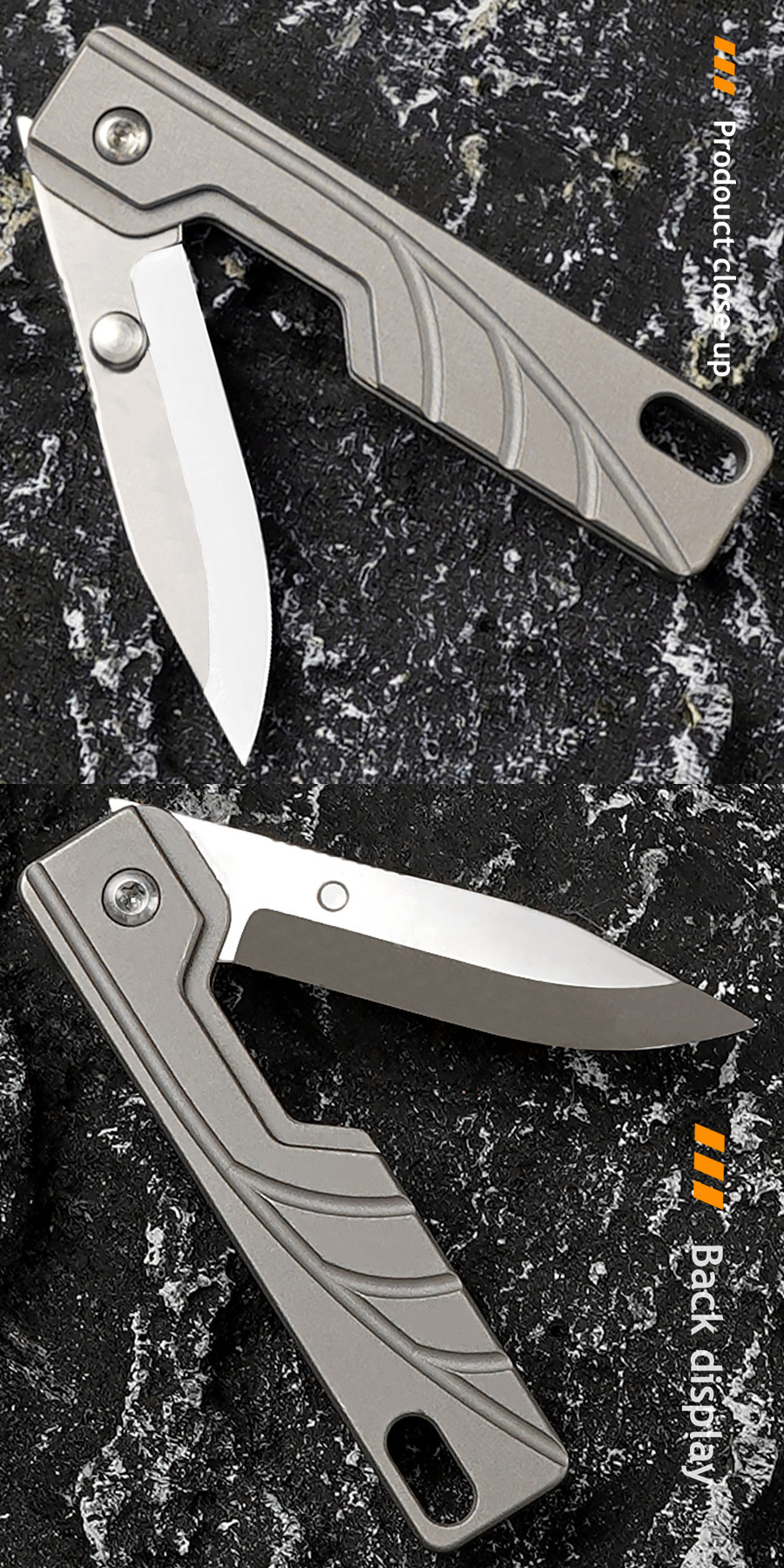
Introduction
Folding knives are versatile tools used for various purposes, from everyday tasks to outdoor activities. However, improper handling can lead to accidents, especially when closing the knife. Learning how to safely close a folding knife is essential for preventing injuries and maintaining the knife’s longevity. This guide will cover the steps to close different types of folding knives, safety precautions, and maintenance tips.
Understanding Different Types of Folding Knives
Before closing a folding knife, it’s important to identify its locking mechanism. Different knives have different mechanisms, and each requires a specific method for safe closure.
1. Slip Joint Knives
- These knives do not have a locking mechanism.
- The blade is held open by spring tension.
- To close, apply slight pressure on the back of the blade and fold it into the handle.
2. Liner Lock Knives
- A metal liner inside the handle locks the blade in place.
- To close, push the liner to the side with your thumb and fold the blade down.
3. Frame Lock Knives
- Similar to liner locks, but the lock is part of the handle frame.
- Push the frame inward to release the blade, then fold it closed.
4. Lockback Knives
- Features a spine-mounted locking mechanism.
- Press the release lever on the spine to disengage the lock, then fold the blade.
5. Button Lock/Axis Lock Knives
- Uses a button or a sliding mechanism to release the blade.
- Press the button or pull the axis lock back to close the knife.
Step-by-Step Guide to Closing a Folding Knife
Step 1: Ensure a Safe Grip
- Hold the knife firmly, keeping fingers away from the blade’s path.
- Use your dominant hand for better control.
Step 2: Disengage the Locking Mechanism
- Depending on the knife type, press the lock (liner/frame lock), slide the release (lockback), or press the button (button lock).
Step 3: Fold the Blade Carefully
- Slowly guide the blade into the handle while maintaining control.
- Avoid letting the blade snap shut, as this can damage the knife or cause injury.
Step 4: Verify the Blade is Securely Closed
- Ensure the blade is fully seated inside the handle.
- Some knives have a detent to keep the blade closed—listen for a click.
Safety Precautions
- Always Cut Away from Your Body – Even when closing the knife, ensure the blade isn’t pointing toward you.
- Keep Fingers Clear – Never place fingers in the blade’s closing path.
- Avoid Rushing – Take your time to prevent accidental slips.
- Store Properly When Not in Use – A closed knife should be kept in a sheath or pocket to prevent accidental openings.
Maintenance Tips
- Regular Cleaning – Dirt and debris can affect the folding mechanism.
- Lubrication – Use a light oil (e.g., mineral oil) on the pivot point for smooth operation.
- Check for Wear – Inspect the locking mechanism periodically for damage.
Conclusion
Closing a folding knife properly is a fundamental skill for safe knife handling. By understanding the locking mechanism, following the correct steps, and practicing safety measures, users can prevent accidents and extend the knife’s lifespan. Always prioritize control and caution when handling any knife.
Would you like any modifications or additional details on specific knife types?

